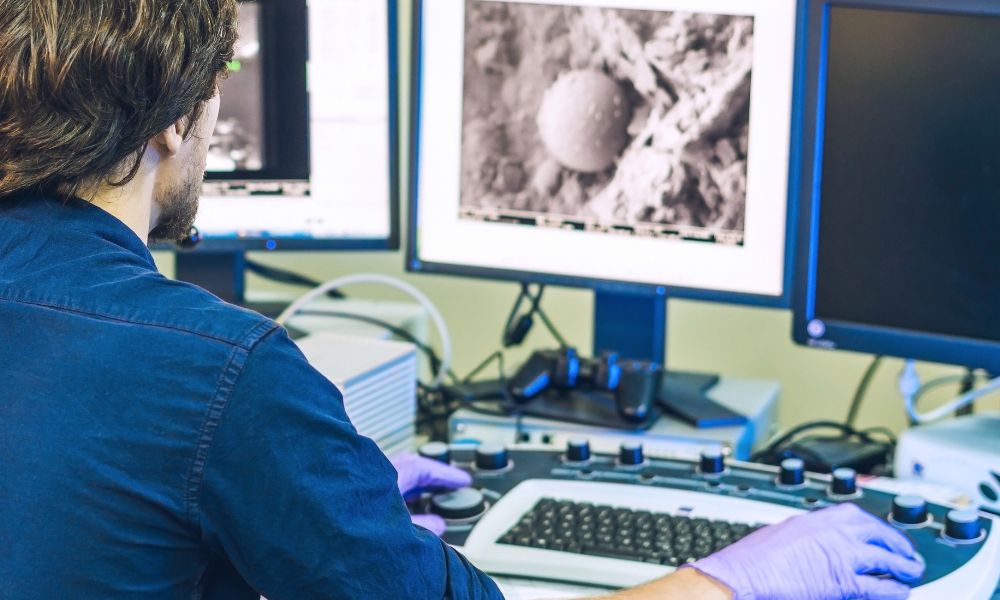Electron detectors have a wide range of applications, from scientific research in materials science and chemistry to industrial applications like quality control and failure analysis. They are also pivotal in fields such as electron microscopy and spectroscopy, enabling detailed study of material properties at the atomic level. Selecting an appropriate electron detector for your application is a fundamental decision that significantly influences result quality and client attraction to your product. Choose the right electron detector for your application and guarantee elevated image capturing.
Type of Image Detection
Different detectors are suited for various electron detections, such as secondary electrons (SE) and backscattered electrons (BE). SE detectors are ideal when you are interested in examining a sample’s topography, while BE detectors are best for material contrast due to their sensitivity to atomic number variations. Understanding the type of details you wish to extract from your samples will steer you toward the right detector. Choosing between SE and BE or selecting a detector that can perform both depends on the application and the information needed from the specimen.
Surface Versatility
Different detectors may perform better on certain types of surfaces or materials. Some detectors are highly effective on flat, smooth surfaces, while others excel in detecting signals from rough or uneven surfaces. The detector’s ability to handle a range of surface types—including conducting, non-conducting, magnetic, and non-magnetic surfaces—can significantly influence the comprehensiveness and accuracy of your results. Understanding the nature of the sample surfaces in your study and selecting a detector with appropriate surface versatility is crucial for providing greater flexibility and ensuring reliable, high-quality results.
Detection Range
Your electron detector’s detection range—the ability to analyze a wide spectrum of signals, from low energy to high energy—influences data comprehension, detail, and flexibility. In certain applications, detecting low-energy secondary electrons and high-energy backscattered electrons may be necessary, making a broad detection range offer invaluable flexibility. Detectors with a high dynamic range can provide detailed microstructural analysis, enabling more accurate characterization and identification of materials. Selecting a detector with the appropriate detection range for your application will ensure you capture all the necessary data and achieve the most comprehensive results.
Resolution Range
The quality of the resolution is a crucial factor in choosing an electron detector. High-resolution detectors allow you to zoom into your sample’s microstructure and analyze it on a nanoscale level. The more minute the features you want to observe, the higher the required resolution. Electron detectors with picosecond delay line detectors provide precise measurements and quality resolution.
Choosing the right electron detector for your application, whether it be medical microscopes or magnetic field mapping, influences the accuracy, reliability, and overall quality of your data. Gain precise conclusions and insights for effective action by choosing the right electron detector for your needs.

